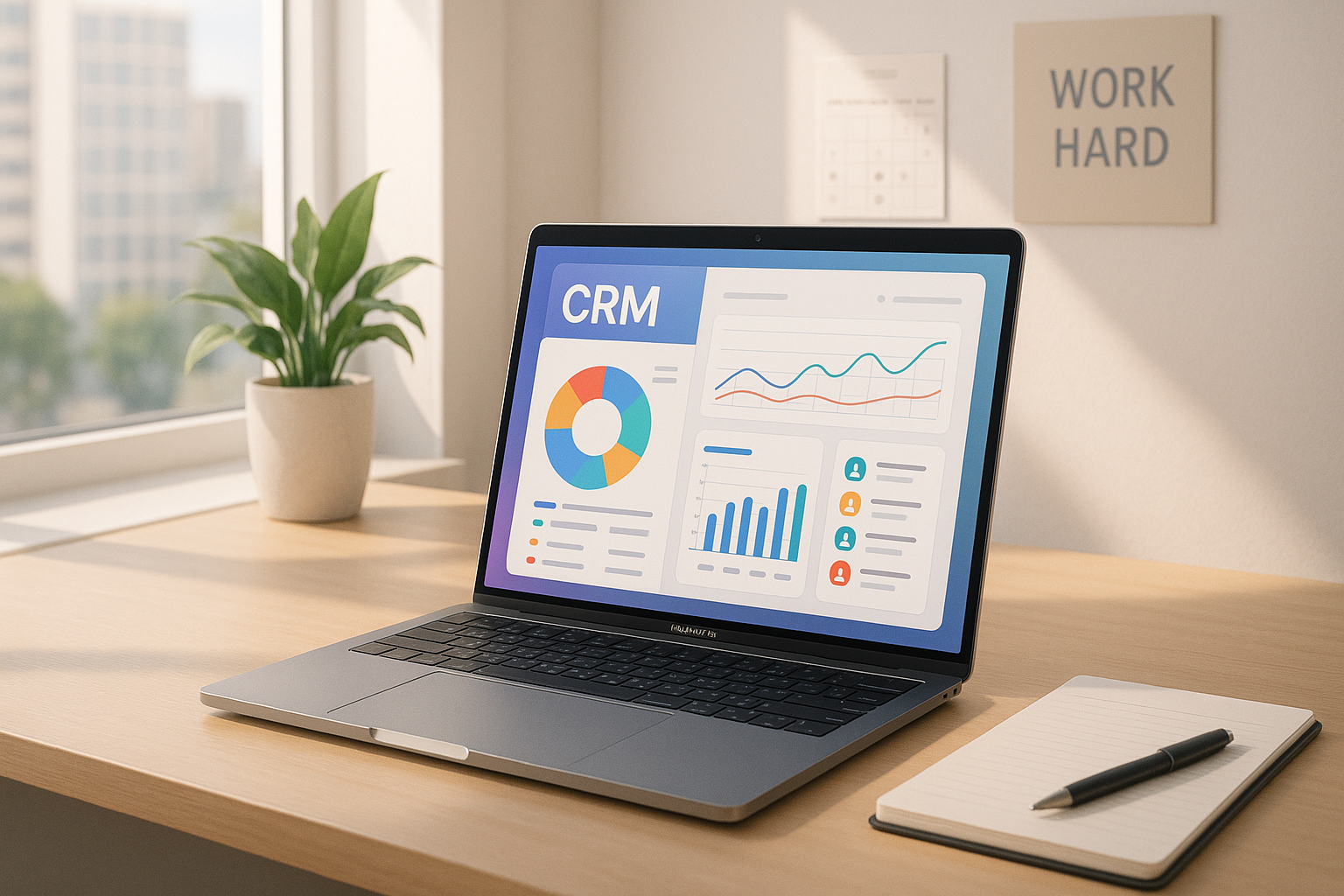Same Object Associations!
- Definition: Same object associations allow customers to associate a CRM record to another record of the same object type.
- Examples: Contact to a contact, deal to a deal.
- Availability: Can be used with contacts, companies, deals, tickets, and custom objects across core HubSpot tools.
Why Does It Matter? Same Object Associations
- Business Reflection: Customers want HubSpot to mirror their real-world business complexities.
- Real-World Scenarios: Businesses often have interconnected contacts or groups of related companies.
- Existing Gap: Without these associations, customers couldn't capture key relationships in HubSpot.
How Does Same Object Assotiations Work?
- New Association Creation: Users can associate records of the same type, e.g., contacts with contacts.
- UI Insight: In the right sidebar of each record, there's a section reflecting that record type. Example: A contacts section is visible while viewing a contact record.
- Label Types:
➝ Unidirectional Labels: A single label is the same from both ends. Example: Two contacts labeled as "colleague".
➝ Bidirectional Labels: A pair of labels representing opposite ends of a relationship, e.g., "student" and "teacher".
- Label Preview: Before establishing an association, users can preview label applications to ensure accuracy.
Where Can Same Object Associations Be Used? 🚀
- Calculated properties
- Custom Report Builder
- Import feature
- Index Pages
- Lists
- Records
- Workflows
Some Use-cases of HubSpot Same Object Associations:
1. Contacts:
🎓 Professional Development:🔗 Linking a contact who attended a training to their trainer.
🤝 Peer References:✍️ Connecting a contact to another who provided a professional reference for a job or project.
💼 Networking Opportunities:🔗 Associating a contact with other professionals in their industry for potential collaboration and partnership.
2. Companies:
🏭 Supply Chain Management:🔗 Associating manufacturers with their suppliers or distributors.
🏪 Franchise Management:🌐 Linking a franchisee location to the main franchisor company.
💡Competitor Analysis:🔗 Connecting companies within the same industry to analyze their strategies and market positioning.
3. Deals:
🏡 Linked Real Estate Transactions:🔗 Associating a primary home sale deal with a secondary vacation home purchase for the same client.
📅 Service Renewals:🔁 Linking an original service contract deal with its subsequent renewal deals.
💰 Cross-Selling Opportunities:🔗 Connecting deals for complementary products or services to maximize revenue potential.
4. Tickets:
🔧 Product Issue Tracking:🔗 Associating a main product defect ticket with subsequent tickets that arise due to the same defect.
🛍️ Warranty Claims:💡 Linking a ticket for an original purchase with a subsequent warranty claim ticket for the same product.
📞 Customer Support History:🔗 Connecting tickets from the same customer to provide a comprehensive view of their support interactions.
With the introduction of same object associations, HubSpot users now have the flexibility to capture and manage complex relationships within their CRM. Whether it's linking contacts for professional development or associating companies for supply chain management, these associations provide a holistic view of the business landscape. The ability to create unidirectional and bidirectional labels ensures accuracy in representing the nature of the relationships. Moreover, the feature is available across various core HubSpot tools, including calculated properties, custom report builder, import feature, index pages, lists, records, and workflows, enabling seamless integration and utilization.
To Sum Up
In conclusion, the introduction of same object associations in HubSpot's CRM is a game-changer for businesses. It allows them to mirror their real-world complexities, capture key relationships, and make more informed decisions. With the potential use-cases spanning across contacts, companies, deals, and tickets, the possibilities are endless. So buckle up, because this update is definitely a big deal!




(2).jpg)